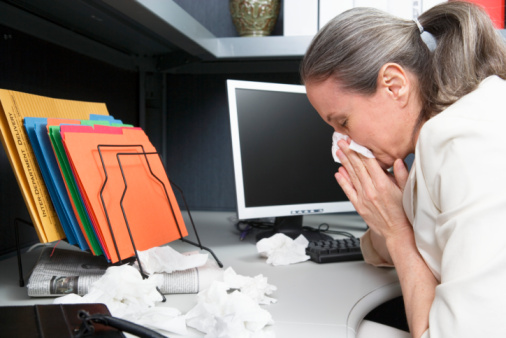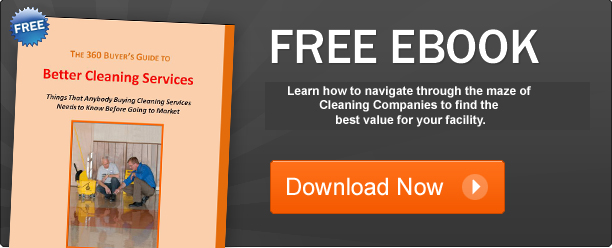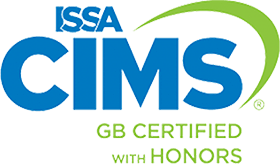 It’s enough to Turn You Germ phobic
It’s enough to Turn You Germ phobic
Have you ever been waiting for a table in a restaurant and you see a busser use a towel that he just used to wipe up a spill on the floor to wipe off the table you are about to sit at for a meal? Have you ever witnessed a food prep worker collect money, replete with germs and then go right back to touching food? Have you ever seen a parent or teacher wipe a child’s runny nose only to return to handling communal items like pencils and crayons without washing their hands? These are all cross contamination scenarios and no doubt you have witnessed more than your share. Cross contamination occurs when bacteria is spread between people, food, surfaces and equipment, bacteria that can make people sick. Of course, in the food and healthcare setting, cross contamination is a serious issue in part because in health care, there are more germs and often-compromised health. In the food industry, cross-contamination can be a significant issue because so many people are being helped that a few bacteria in the wrong place can get a lot of people sick quickly.
Cross Contamination Is Not Just an Issue in Healthcare Cleaning
While cross contamination is of particular concern in the food and health care industries, cross contamination also poses a health threat in any environment including: care-centers, medical, hotels, salons and spas, offices, schools, day care facilities, retail businesses, gyms, shopping malls, and other communal buildings.
In addition to negatively impacting the health of building occupants and visitors, cross-contamination and other poor indoor environmental issues cost businesses and building owners billions of dollars every year. Think about it, inadequate cleaning that increases the spread of disease-causing germs decreases customer satisfaction, increases employee absenteeism, increases employee dissatisfaction, decreases employee engagement and even increases employee turnover. All of which cost money, plain and simple.
How Does Cross Contamination Happen With Cleaning Services?
Dirt, pollutants and allergens cannot be readily seen, but can drastically affect cross-contamination and health. Any plan for eradicating cross contamination should consider all of these factors. Probably the most common culprits of cross-contamination are hands, equipment, cloths/rags, door handles, or food that comes in contact with them. Many people do not wash and dry their hands before touching or eating food or after using the toilet or blowing their noses. Your cleaning company cannot teach your employees proper hand washing methods, but they can step in and minimize risk. This in part is why any reputable cleaning service or janitorial service provider will focus much of their cleaning efforts on touch points, those areas that employees and customers may touch several times each day like door handles, light switches, phones and more. If a cleaning company can reduce the germ load on these oft used areas, they can help minimize their spread.
Another common mistake is to clean multiple areas with the same supplies and/or equipment and to store restroom cleaning supplies together with items used in other areas. Think about it, someone uses a rag used to wipe out floor corners in a bathroom to now wipe down the break room dining table? In order to avoid dangerous cross contamination, cleaning companies should utilize color-coded towels and rags to be certain bathroom bacteria doesn’t make it into your break room.
Responsible Cleaning Practices Eliminate and Reduce Cross Contamination
There is no doubt that responsible cleaning practices help avoid cross contamination, thereby minimizing the incidence of illness and disease. Effective cleaning reduces bacteria on equipment and surfaces that people come into contact with every day, such as keyboards, phones and restroom touch-points.
Here are a few best practices your janitorial service provider should be putting into practice to insure a healthier environment.
- Capture pollutants and remove them; don’t just move them around.
- Minimize harmful chemicals in the environment while maximizing cleaning power.
- Use the right product, the right way for the right job.
- Segregate tools, chemicals and equipment.
- Utilize color coded rags and towels.
- Implement training and communication programs to insure front-line employees are armed with the knowledge to clean for a healthy work environment.
Creating a Healthy Work Environment With a the Help of a Professional Cleaning Company
To create a truly healthy environment, cross-contamination prevention and green cleaning procedures should go hand-in-hand. Green cleaning can reduce costs, provide marketing and employee recruiting benefits, enhance safety, increase customer and employee satisfaction, reduce health threats, and create goodwill.
More and more, we understand that seeking new cleaning methodologies and products should be an ongoing process to minimize the hazards of cross-contamination and create a healthier environment. There is no better time to make sure that your building or business offers the best for your employees, customers and community.




Leave a Reply